The identification of textile fabrics can mainly start from three directions, the composition of textile fabrics, the front and back sides of textile fabrics and the warp and weft directions, and the appearance quality of textile fabrics. By identifying these three directions, it can help fabric buyers find high-quality and low-price products. of good fabric.
Identification of textile fabric components
01
Sensory identification method
(1) Main methods
Looking : Use the visual effect of the eyes to observe the luster, dyeing, roughness of the surface, and the appearance characteristics of the tissue, texture and fiber of the fabric;
Hand touch: Use the tactile effect of the hand to feel the softness of the fabric Hard, smooth, rough, detailed, elastic, warm and cold, etc. You can also use your hands to detect the strength and elasticity of the fibers and yarns in the fabric;
Hearing and smelling: Hearing and smell are helpful in judging the raw materials of certain fabrics. For example, silk has a unique silky sound; different fiber fabrics have different tearing sounds; acrylic and wool fiber fabrics have different smells, etc.
(2) Four steps
The first step is to initially distinguish the major categories of fibers or fabrics;
The second step is to identify the fiber types in the fabric. Sensory characteristics are used to further determine the type of raw materials;
The third step is to make a final judgment based on the sensory characteristics of the fabric;
The fourth step is to verify the judgment results. If you are not sure about your judgment, you can use other methods to verify it. If the judgment is wrong, sensory identification can be performed again or combined with other methods for identification.
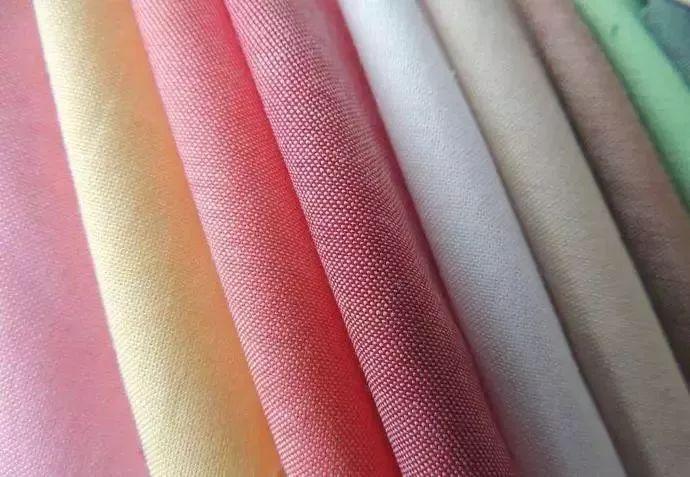
Combustion identification method
Combustion characteristics of common textile fibers:
① Cotton fiber burns when exposed to fire. It burns quickly and produces a yellow flame. Smell; slightly off-white smoke. It can continue to burn after leaving the fire. After the flame is blown out, there are still sparks burning, but the duration is not long. After burning, it can maintain its original velvet shape and easily breaks into loose ash when touched. Gray soft powder, the burnt part of the fiber is black;
② Hemp fiber burns very quickly, softens, does not melt, does not shrink, produces yellow or blue flames, and has the smell of burning grass; Leave the flame and continue to burn rapidly; there are few ashes and are in the shape of light gray or white grass ash;
③ Wool does not burn immediately when exposed to the flame. It curls first, then smokes, and then the fiber bubbles and burns; the flame is Orange and yellow, the burning speed is slower than that of cotton fiber. It stops burning immediately after leaving the flame and is not easy to continue burning. It has the smell of burning hair and feathers; the ashes cannot keep the original shape of the fiber, but appear as amorphous or spherical shiny dark brown brittle pieces. It will be crushed when pressed with your fingers. There will be a large amount of ash and the smell of burning;
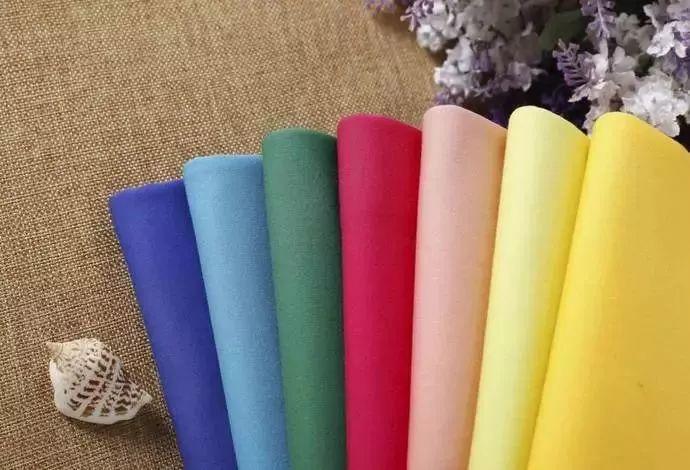
④ Silk burns relatively slowly, melts and curls, shrinks into a ball when burned, and has the smell of burning hair; It has a slight flash when leaving the flame, burns slowly, and sometimes self-extinguishes; the gray is a dark brown crispy ball that breaks into pieces when pressed with your fingers;
⑤ Viscose fiber, the burning behavior is basically similar to cotton. However, viscose fiber burns slightly faster than cotton fiber, produces less ash, and sometimes is not easy to maintain its original shape. Viscose fiber will make a slight hissing sound when burning;
⑥ Acetate fiber burns quickly, There are sparks, melting and burning at the same time, and there is a pungent acetic acid smell when burning; when leaving the flame, it melts and burns at the same time; the ash is black and shiny irregular lumps, which can be crushed with fingers;
⑦ Cupro fiber burns very quickly, does not melt, does not shrink, and has the smell of burning paper; it continues to burn rapidly after leaving the flame; it has less ash and is light gray or off-white;
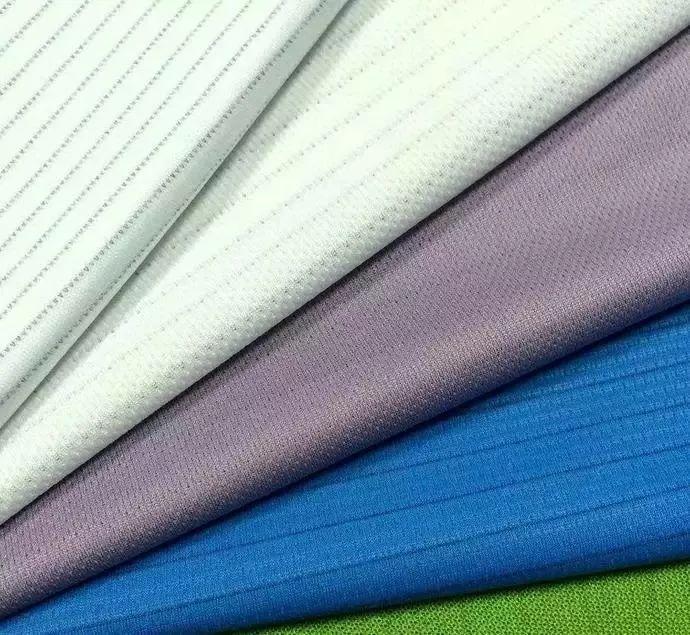
⑧ Nylon, and flames It causes the fiber to shrink when approached. After contacting the flame, the fiber shrinks rapidly and melts into a transparent gel with small bubbles;
⑨ Acrylic fiber melts and burns at the same time, and the burning speed is fast; The flame is white, bright and powerful, sometimes with a slight black smoke; it has a fishy or spicy smell similar to burning coal tar; it continues to burn after leaving the flame, but the burning speed is slow; the ashes are dark brown irregular brittle balls that are easy to twist with your fingers Broken;
⑩ Vinyl, the fiber shrinks quickly when burning and burns slowly, the flame is very small and almost smokeless; when the fiber melts in large quantities, it will produce a larger dark yellow flame with small bubbles; when burning It has a special odor of calcium carbide gas; it continues to burn away from the flame and sometimes self-extinguishes; the ashes are dark brown irregular brittle beads that can be crushed with your fingers;
Polypropylene shrinks and melts at the same time , burning slowly; there is a bright blue flame, thick black smoke, and gelatinous matter dripping; there is a smell similar to burning paraffin; it continues to burn without the flame, sometimes it will self-extinguish; the ashes are irregular hard lumps, transparent, and can be touched with your fingers Not easy to crush;
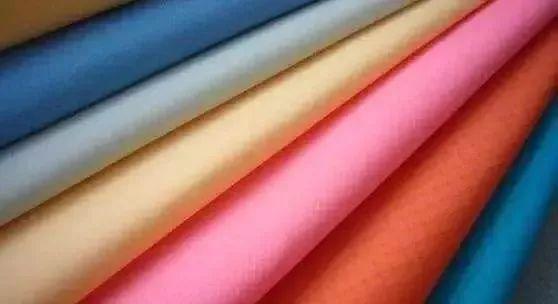
Chlorine fiber is difficult to burn; it melts and burns in the flame, emitting thick black smoke; it extinguishes immediately after leaving the flame and cannot continue to burn; it has an unpleasant pungent chlorine smell when burning; The ashes are irregular black-brown hard lumps that are difficult to crush with fingers;
Spandex, when approaching the flame, first expands into a round shape and then shrinks and melts; it melts and burns in the flame.The burning speed is relatively slow, and the flame is yellow or blue; it melts and burns when leaving the flame, and slowly self-extinguishes; it has a special pungent smell when burning; the ashes are white sticky lumps.
Density gradient method
The identification process of the density gradient method is: first configure the density gradient liquid. The configuration method is to combine two light liquids and heavy liquids with different densities that can be mixed with each other. The liquids are properly mixed. Generally, xylene is used as the light liquid and carbon tetrachloride is used as the heavy liquid. Diffusion is used to diffuse the light liquid molecules and the heavy liquid molecules at the interface of the two liquids, so that the mixed liquid forms a density gradient tube. A liquid with a density gradient that changes continuously from top to bottom. Use standard density balls to calibrate the density values at each height.
Then the textile fiber to be tested is pre-treated such as deoiling and drying, and is made into small balls. The small balls are put into the density gradient tube one by one, and the density value of the fiber is measured and compared with the standard density of the fiber. Compare to identify the type of fiber. Because density gradient fluids change with temperature, it is important to keep the temperature of the density gradient fluid constant during testing.
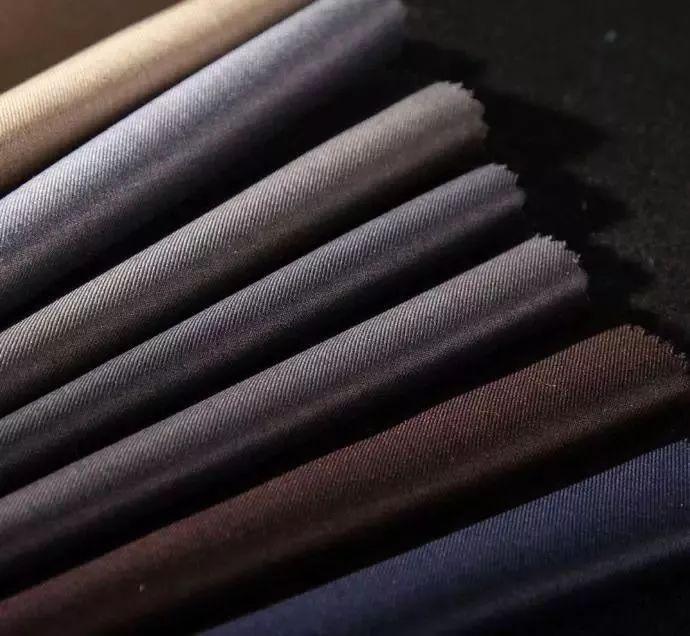
Microscopic observation method
By observing the longitudinal shape of textile fibers under a microscope, the major categories to which they belong can be distinguished; by observing the cross-sectional shape of textile fibers, the fiber properties can be determined Specific name.
Dissolution method
For pure textile fabrics, when identifying, a certain concentration of chemical reagents should be added to the test tube containing the textile fibers to be identified, and then the characteristics of the textile fibers should be observed and carefully distinguished. Dissolution status (dissolved, partially dissolved, slightly soluble, insoluble), and carefully record the temperature at which it is dissolved (dissolved at room temperature, dissolved by heating, dissolved by boiling);
For blended fabrics, when identifying, you need to first Split the fabric into textile fibers, then place the textile fibers on a concave glass slide, unfold the fibers, drop in chemical reagents, observe under a microscope, observe the dissolution of the component fibers, and determine Type of fiber;
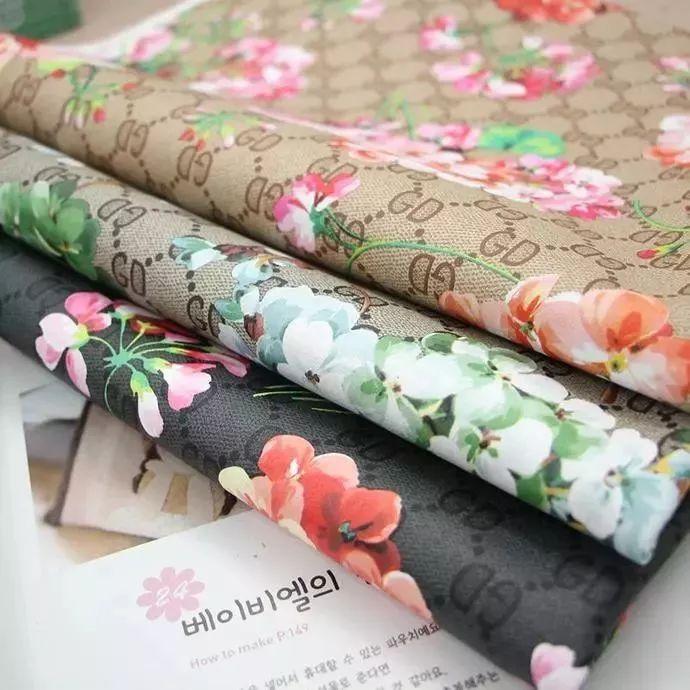
Since the concentration and temperature of chemical solvents have a significant impact on the solubility of textile fibers, the concentration and temperature of chemical reagents should be strictly controlled when using the dissolution method to identify textile fibers.
Reagent coloring method
Reagent coloring method is a method to quickly identify textile fiber varieties based on the different coloring properties of various textile fibers to certain chemical reagents. The reagent coloring method is only applicable to undyed or pure spun yarn and fabrics. Colored textile fibers or textile fabrics must be decolorized in an advanced manner.
Identification of the front and back sides of textile fabrics and their warp and weft directions
02
Identification of the front and back sides of textile fabrics
It can be roughly divided into Identification of the organizational structure of fabrics (plain weave, twill, satin), identification of textile fabrics based on their appearance effects (printed fabrics, leno fabrics, towel fabrics), identification of textile fabrics based on patterns, identification of textile fabrics based on edge characteristics, identification of textile fabrics based on their edge characteristics, Identification of the appearance effect of textile fabrics after special finishing (fleece fabrics, double-layered multi-layer fabrics, burnt-out fabrics), identification based on the trademark and seal of textile fabrics, and identification based on the packaging form of textile fabrics.
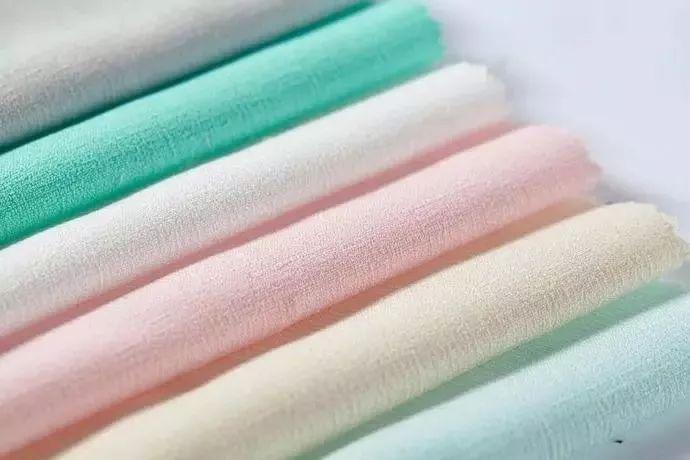
Identification of the warp and weft directions of textile fabrics
It can be based on the identification of the selvage of the textile fabric, the identification of the density of the textile fabric, the identification of the raw material of the yarn, and the identification of the twist direction of the yarn. Yarn structure identification, sizing condition identification, reed mark identification, fabric warp and weft yarn density, twist direction and twist identification, and identification based on the stretchability of the fabric.
Identification of appearance quality of textile fabrics
03
Identification of defects in textile fabrics
Defects in textile fabrics include broken warp, sunken yarn, Jumping flowers, open edges, cobwebs, holes, rovings, slub yarns, belly yarns, double wefts, tightly twisted yarns, uneven evenness, sparse wefts, thin sections, dense paths, thick sections, edge defects , neps and impurities, stains, color strips, rungs, missing wefts, hundreds of feet, creases, shuttle rolling, damage, wrong weft, loose warp, reed path, wrong reed thread, narrow width, reverse twill, pattern Defects such as discrepancies, color differences, color bars, stripes, streaks, pattern discrepancies, dark and light dots, skew, printing deviation, desizing, color flowers, and staining can be identified based on the appearance characteristics.
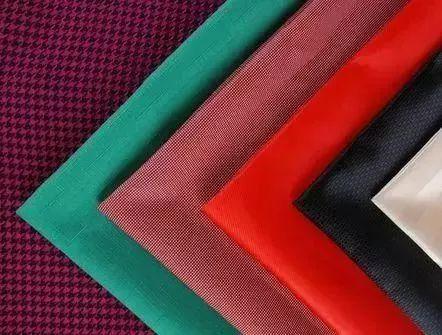
Identification of deteriorated textile fabrics
The main methods are to look, touch, listen, smell, and lick:
Look: observe the color, appearance, and presence of fabrics Traces left by deterioration. Such as wind stains, oil stains, water spots, mildew spots, staining, discoloration or unusual characteristics of the fabric that are different from normal;
Touch: hold the fabric tightly with your hands to feel whether it is stiff, sticky, warm, etc. Symptoms of deterioration;
Listen: The sound produced by tearing the fabric is compared with the crisp sound produced by the normal fabric. If the sound is dumb, dull, or silent, deterioration may occur;
Smell: Smell the fabric to determine whether it has deteriorated. Except for specially finished fabrics (such as coated with rainproof agent or treated with resin, etc.), anything with a strange smell, such as acid, mildew, bleaching powder, etc., indicates that the fabric has deteriorated;
Lick: Pass After licking the fabric, if there is moldy flour or a sour smell, it means it has become moldy.
If you learn these methods, you are no longer a fabric novice. Identifying fabrics can be done in minutes.
If there is a powdery smell, etc., it means that the fabric has deteriorated;
Licking: After licking the fabric with your tongue, if there is moldy flour or a sour smell, it means that it has become moldy.
If you learn these methods, you are no longer a fabric novice. Identifying fabrics can be done in minutes.







